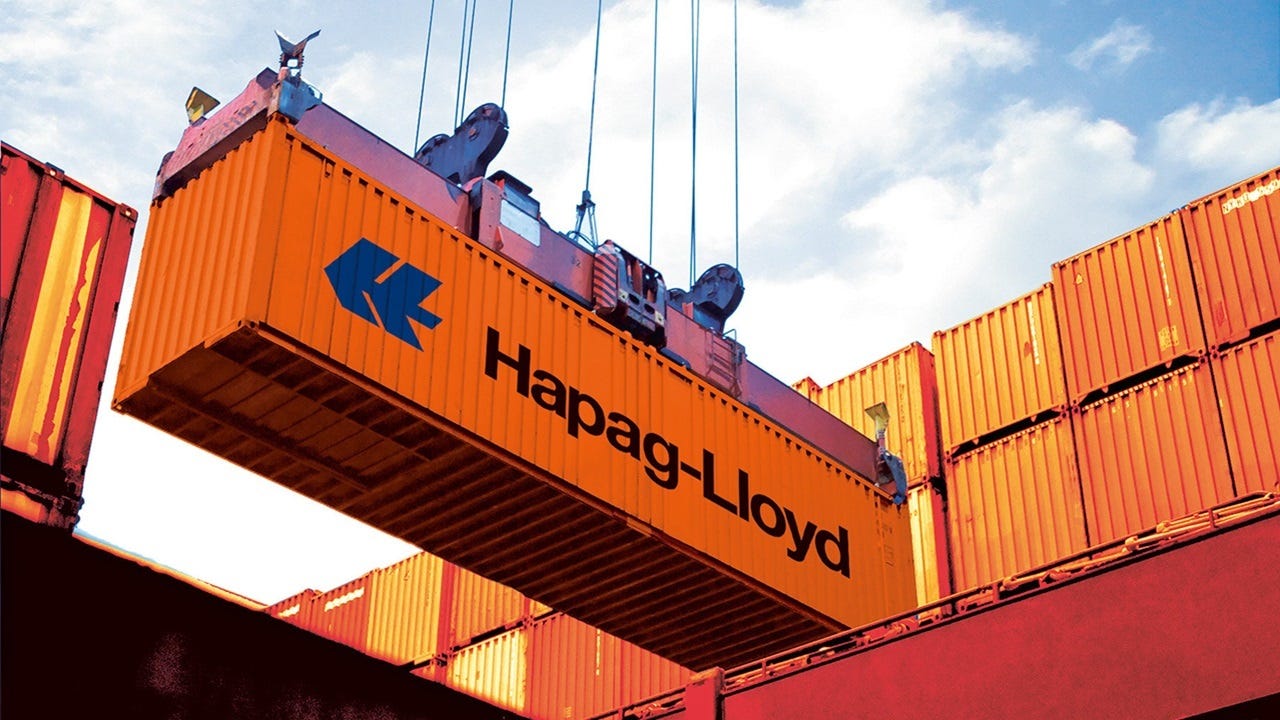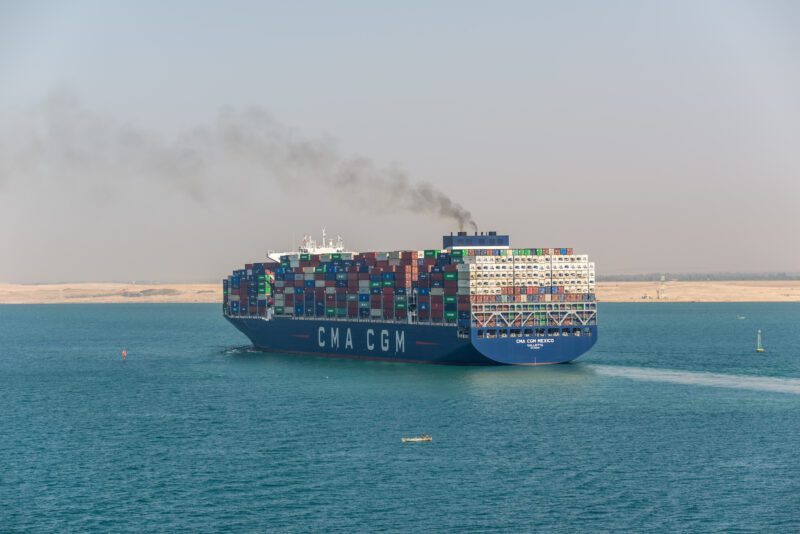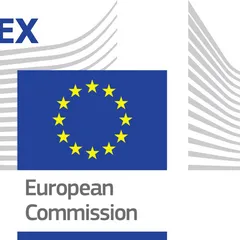ELECTRONIC CERTIFICATE OF ORIGIN (E-CO) ONLINE SEARCH
The e-CO was first introduced in Vietnam in 2018. Specifically, the e-CO system has been deployed on the platform of the Customs Department under the Ministry of Finance. This represents a significant step in promoting the use of digital technology and reducing paper-based procedures in the process of verifying the origin of goods.
ELECTRONIC CERTIFICATE OF ORIGIN (e-CO) ONLINE SEARCH
The e-CO was first introduced in Vietnam in 2018. Specifically, the e-CO system has been deployed on the platform of the Customs Department under the Ministry of Finance. This represents a significant step in promoting the use of digital technology and reducing paper-based procedures in the process of verifying the origin of goods.
ELECTRONIC CERTIFICATE OF ORIGIN (e-CO) ONLINE SEARCH:
The electronic Certificate of Origin (e-CO) in Vietnam is the digital version of the traditional paper CO certificate used to certify the origin of goods in international trade. It allows businesses to register, issue, and manage CO certificates online, eliminating the need for physical paperwork and optimizing the certification process. The e-CO system in Vietnam has been implemented by government agencies such as the Customs Department, Trade Promotion Organization, and Non-Governmental Organization. This digital transformation brings numerous benefits, including reducing administrative burdens, improving efficiency, integrating high-security features, and speeding up processing times. It also promotes transparency, traceability, and accountability in confirming the origin of goods, supporting sustainable trade practices. The adoption of e-CO in Vietnam contributes to facilitating international trade, promoting economic growth, and creating a favorable business environment.
The e-CO was first introduced in Vietnam in 2018. Specifically, the e-CO system has been deployed on the platform of the Customs Department under the Ministry of Finance. This represents a significant step in promoting the use of digital technology and reducing paper-based procedures in the process of verifying the origin of goods.
Here are some websites for searching e-CO from various countries:
AI: https://coo.dgft.gov.in/
AJ: https://cts.jcci.or,jp/cec/origin.htm
JV: https://cts.jcci.or,jp/cec/signer.htm
AK/KV: Issued by Korean Customs: https://customs.go.kr/kcs/co/co.do // Issued by Chamber of Commerce: https://cert.korcham.net/search/index.htm
D: https://vnsw.gov.vn/ -> CO Search
E: Issued by Chinese Customs: http://origin.customs.gov.cn/ // Issued by Chamber of Commerce: http://check.ccpiteco.net/
EAV (Issued by Russia): https://verification.tpprf.ru/search/eav?langData=en
EAV (Issued by Kazakhstan): https://atameken.kz/ru/services/56-reestr-sertifikatov-o-proishozhdenii-tovara ->select the line with the word EAV
EAV (Issued by Belarus): https://certs.cci.by/verify/check.do?lang=eng&ncert=&nblanka=&datecert=
REX in EVFTA: https://ec.europa.eu/taxation_customs/dds2/eos/rex_validation.jsp?Type=TIN&Number
Self-Certification in EKFTA: https://www.customs.go.kr/engportal/ad/apreExp/apreExpWebView.do?mi=7318
EORI in UKVFTA: https://www.tax.service.gov.uk/check-eori-number
VC: https://web.sofofa.cl/certificaciondeorigen/consulta-certificados-de-ogiden-aduanas-de-destino/
RCEP: https://rcep.sharepoint.com
Updated information from ECOSYS VN https://ecosys.gov.vn.
Starting from July 21, 2023:
New issuance of C/O: 60,000 VND
Reissuance of C/O: 30,000 VND










